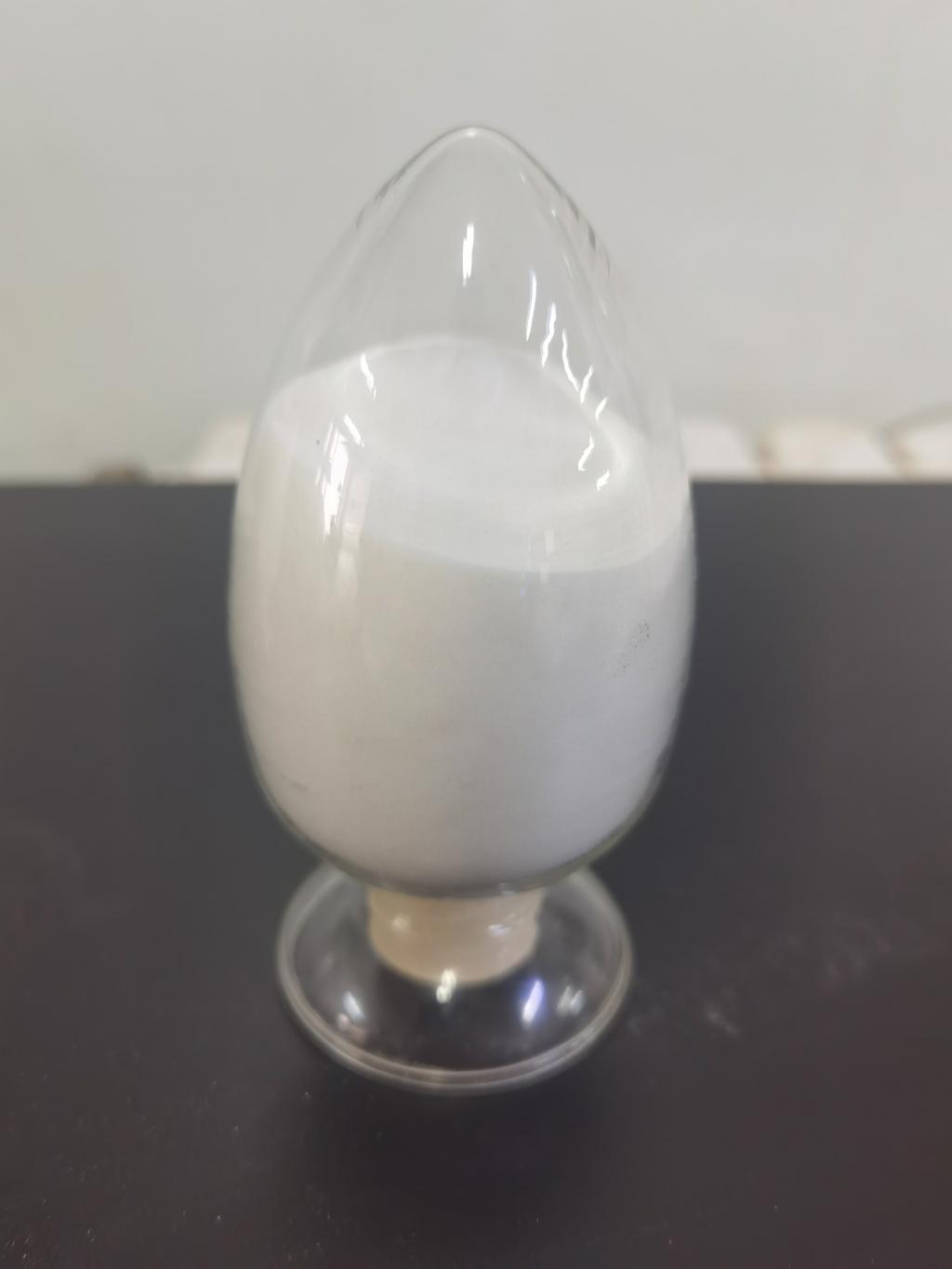Tel:+8618231198596

News
 CONTACT
CONTACT
 CONTACT
CONTACT
- Linkman:Linda Yao
- Tel: +8618231198596
- Email:linda.yao@dcpharma.cn
- Linkman:CHARLES.WANG
- Department:Overseas
- Tel: 0086 0311-85537378 0086 0311-85539701
News
ε-Polylysine hydrochloride as a potential antibacterial agent in pharmaceutical formulations.
TIME:2024-04-16
Origins and Production:
ε-Polylysine hydrochloride is a cationic polypeptide derived from microbial fermentation, typically using strains of Streptomyces albulus or other suitable microorganisms. During fermentation, ε-PL is synthesized as a water-soluble polymer composed of multiple lysine residues linked by peptide bonds. The fermentation broth is then purified, and ε-PL is converted into its hydrochloride salt form for use as an antimicrobial agent in pharmaceutical formulations.
Properties and Mechanisms of Action:
ε-PL possesses several properties that make it well-suited for use as an antibacterial agent in pharmaceutical formulations:
Antimicrobial Activity:
ε-PL exhibits potent antibacterial activity against a wide range of bacteria, including both Gram-positive and Gram-negative species. It disrupts bacterial cell membranes, leading to leakage of cellular contents and ultimately bacterial cell death. This broad-spectrum antimicrobial activity makes it effective against various pathogenic bacteria commonly encountered in pharmaceutical products.
Stability:
ε-PL is stable under a wide range of pH values and temperatures, making it suitable for incorporation into pharmaceutical formulations such as oral tablets, capsules, creams, and ointments. It retains its antimicrobial efficacy even under conditions of heat, light, and prolonged storage, ensuring consistent performance in pharmaceutical products.
Safety:
ε-PL is derived from natural sources and is considered safe for use in pharmaceutical formulations. It is non-toxic, non-allergenic, and non-irritating to human tissues, making it suitable for topical and oral applications.
Applications in Pharmaceutical Formulations:
ε-Polylysine hydrochloride offers diverse applications as an antibacterial agent in pharmaceutical formulations:
Oral Formulations:
In oral pharmaceutical formulations such as tablets and capsules, ε-PL can be incorporated as an antimicrobial preservative to prevent bacterial contamination and ensure product stability. It helps extend the shelf life of oral medications and reduces the risk of microbial-induced degradation.
Topical Formulations:
In topical pharmaceutical formulations such as creams, ointments, and gels, ε-PL acts as an antibacterial agent to prevent microbial growth and infection at the site of application. It is particularly useful in dermatological preparations for treating skin infections, wounds, and burns.
Ophthalmic Formulations:
In ophthalmic pharmaceutical formulations such as eye drops and ointments, ε-PL serves as a preservative to prevent bacterial contamination and maintain product sterility. It helps ensure the safety and efficacy of ophthalmic medications used for treating eye infections and inflammation.
Injectable Formulations:
In injectable pharmaceutical formulations such as parenteral solutions and suspensions, ε-PL can be added as a preservative to inhibit bacterial growth and maintain product integrity during storage and administration. It helps minimize the risk of bacterial contamination and infection associated with injectable medications.
Benefits and Challenges of ε-Polylysine Hydrochloride in Pharmaceuticals:
The use of ε-PL as an antibacterial agent in pharmaceutical formulations offers several benefits:
Enhanced Product Safety: ε-PL effectively inhibits the growth of pathogenic bacteria, reducing the risk of microbial contamination and infection associated with pharmaceutical products.
Extended Shelf Life: By controlling microbial growth, ε-PL helps prolong the shelf life of pharmaceutical formulations, minimizing product degradation and ensuring product efficacy.
Compatibility: ε-PL is compatible with a wide range of pharmaceutical excipients and formulations, allowing for easy incorporation into various dosage forms without compromising product stability or performance.
However, there are challenges associated with the use of ε-PL in pharmaceuticals:
Regulatory Considerations: Regulatory approval for the use of ε-PL as a pharmaceutical ingredient may vary between regions, requiring compliance with specific regulations and standards for antimicrobial agents in pharmaceutical products.
Formulation Optimization: Optimization of ε-PL formulations and dosage forms may be necessary to maximize antimicrobial efficacy while minimizing potential interactions with other pharmaceutical ingredients or excipients.
Cost and Availability: The cost of ε-PL and its availability in sufficient quantities may impact its widespread adoption in pharmaceutical formulations, particularly for products intended for mass production or global distribution.
Future Prospects and Innovations:
The future of ε-polylysine hydrochloride in pharmaceuticals holds several opportunities for innovation and advancement:
Combination Therapies:
Exploring synergistic combinations of ε-PL with other antimicrobial agents or therapeutic agents to enhance antibacterial activity and broaden the spectrum of antimicrobial coverage.
Controlled Release Systems:
Developing novel drug delivery systems or formulations to enable controlled release of ε-PL, thereby optimizing its antimicrobial efficacy and minimizing dosage requirements.
Regulatory Harmonization:
Advocating for harmonization of regulatory standards and guidelines for the use of ε-PL as an antibacterial agent in pharmaceutical formulations, facilitating its acceptance and adoption on a global scale.
Conclusion:
ε-Polylysine hydrochloride holds significant promise as an antibacterial agent in pharmaceutical formulations, offering effective microbial control, product safety, and stability. Its broad-spectrum antimicrobial activity, stability, and compatibility make it a valuable asset in the pharmaceutical industry's quest for innovative antimicrobial solutions. By harnessing the unique benefits of ε-PL and addressing existing challenges, pharmaceutical manufacturers can continue to deliver safe, efficacious, and high-quality medications to patients worldwide.
- Tel:+8618231198596
- Whatsapp:18231198596
- Chat With Skype







